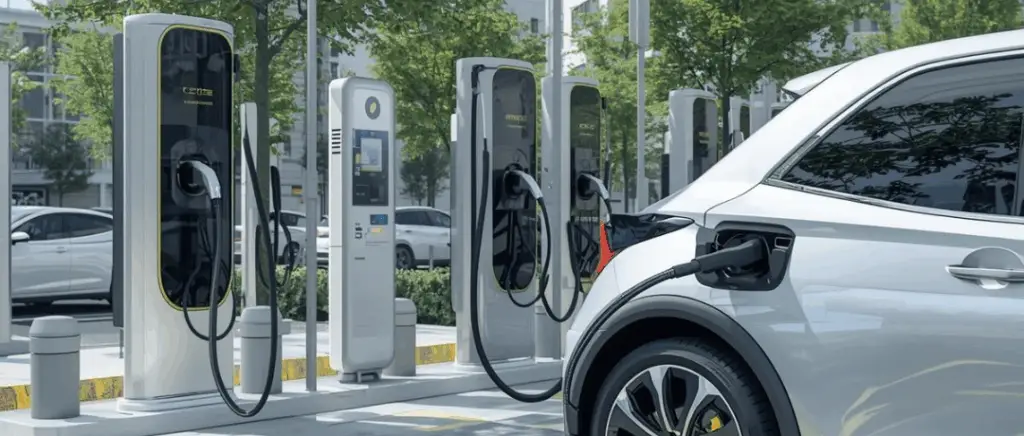Our experts answer your questions with a smile
Monday to Friday 9am - 12.30pm - 2pm - 7pm
What is the ZTL?
Limited Traffic Zones, more commonly known as ZTLs, are designed to promote soft mobility such as cycling, walking and scootering. Mainly used by large cities to progressively ban vehicles, these ZTLs are the spearhead of current ecological political programmes.
To encourage soft mobility, the ZTLs allow lanes to be reserved for specific categories of users. The vehicles that are allowed to circulate are considered essential to the smooth operation of the ZTLs, such as buses, tradesmen and delivery vehicles. Transit traffic, i.e. traffic that does not stop when crossing a zone, is prohibited. The ultimate aim of these ZTLs is to clean up the pollution in major cities and limit the noise pollution caused by excessive traffic.

Today, many cities, including Nantes, Rome and Madrid, use this system in their operations. ZTLs are popular and, above all, effective. In Nantes, for example, traffic has been divided by three since 2012. from 15,000 to 5,000 vehicles a day.
A ParisZTLs are due to be introduced in the second half of 2022 in the 1st, 2nd, 3rd and 4th arrondissements and parts of the 5th, 6th and 7th arrondissements.. This change would affect a large proportion of businesses located in the centre, a first for ZTLs, which have not yet been implemented at such a high density.
The consequences of changing mobility
Limiting car traffic also has consequences for motorists.
But what are the risks if you don't respect the ZTLs?
Failure to respect the limited traffic zone is an offence punishable by a fine of around 100 euros. Motorists have been warned: driving through a ZTL is not without risk to your wallet.
A change in mobility will therefore be necessary for many users, who will have to give priority to public transport or other forms of "soft" mobility to get around the centre of Paris.
What impact will this have on life in Paris?
Shops are apprehensive about the introduction of the ZTL in the centre of the city Paris. With more than 15% of the businesses that would be affected, the risk incurred by the development of the ZTL would be a reduction in the number of visits to certain businesses, as mobility would be too restrictive to get to this zone.
Key information to remember
The main objectives of ZTLs:
- limit pollution
- limit the noise pollution caused by vehicles
- improve safety for pedestrians and cyclists
- facilitate traffic flow for authorised users
The first French city to benefit from the ZTL was Nantes in 2012.
The ZTL project in Paris is scheduled for the second half of 2022 in the centre of Paris.
In short, the ZTLs represent a real step forward in terms of urban pollution control, but not without controversy, given the current pressure on businesses. The stakes are therefore ecological and economic, but also social in terms of the necessary changes to mobility.
To find out more, read our article on the end of internal combustion cars, which also deals with Low Emission Zones (ZFE), which follow the trend of limiting polluting vehicles in major cities.
































